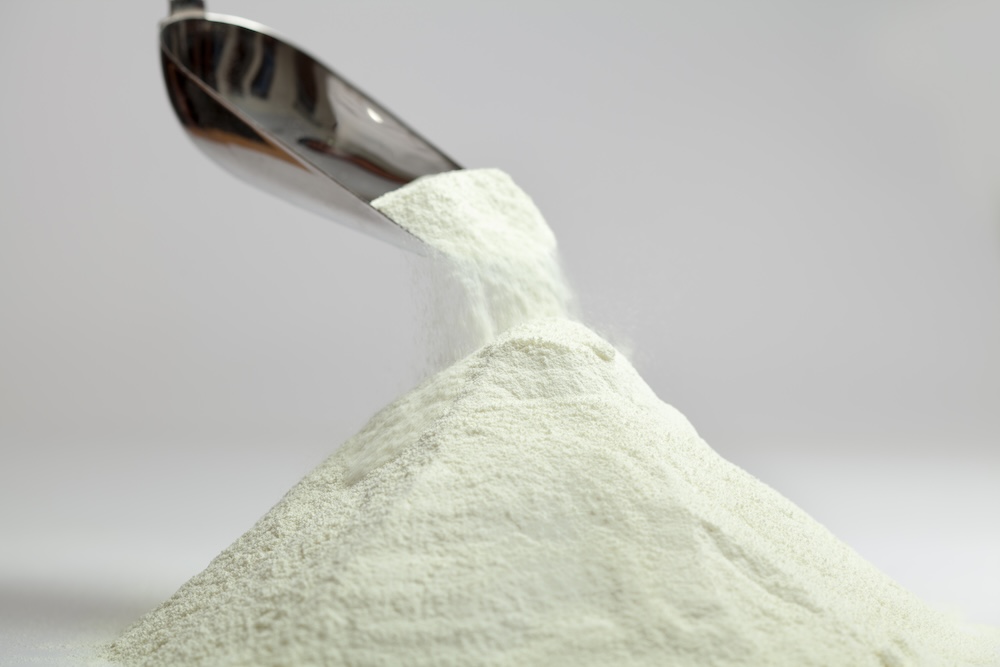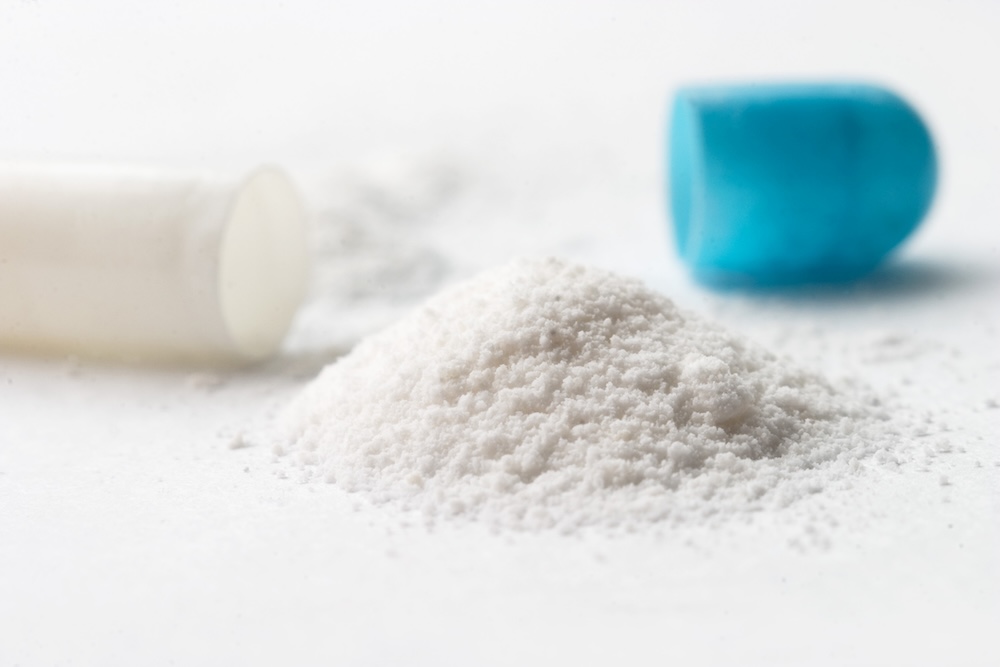Semi-solid and semi-liquid dosage forms are key pharmaceutical preparations that provide unique benefits for drug delivery. These formulations fall between the extremes of solids and liquids, combining properties of both states. They’re designed for external use, making it easy to deliver active pharmaceutical ingredients (APIs) right where they’re needed—on the skin or mucosal membranes.
Types of Semi-Solid Dosage Forms
Semi-solid dosage forms (SSDFs) come in several varieties, including:
- Ointments: These thick, greasy preparations are primarily composed of hydrocarbon or oleaginous bases. A study in the Cochrane Database of Systematic Reviews found that ointments create a protective barrier on the skin, making them suitable for treating conditions like eczema and psoriasis.
- Creams: Typically formulated as oil-in-water emulsions or water-miscible bases, creams contain higher water content, making them less greasy and easier to apply. Research shows that creams effectively deliver active ingredients while providing hydration. These are often used for treating dermatitis and dry skin.
- Gels: These aqueous colloidal suspensions have a smooth, non-greasy texture. Gels allow for controlled release of active ingredients, which leads to increased effectiveness. They’re commonly used for pain relief in muscle and joint conditions, as well as for acne treatment.
- Pastes: These contain a higher proportion of finely powdered materials, making them suitable for localized treatment and providing a protective barrier. Pastes are often used for conditions like Athlete’s foot. They absorb moisture and deliver antifungal agents directly to the affected area.
Advantages of Semi-Solid and Semi-Liquid Dosage Forms
Targeted Drug Delivery
Typically, SSDFs are designed for external use, allowing for localized treatment while minimizing the side effects often linked to oral medications. This targeted approach ensures that active ingredients are delivered right where they’re needed, enhancing therapeutic effectiveness.
Ease of Use
Thanks to their smooth consistency, semi-solid forms are easy to apply, which can really help improve patient compliance. Their formulation allows for gentle application, ensuring comfort without irritating the skin.
Reduced Side Effects
By delivering medications directly to the skin, these dosage forms can bypass first-pass metabolism associated with oral medications. This targeted delivery ultimately reduces the risk of potential side effects from systemic absorption, making them a safer and more effective option for patients.
Formulation Considerations
When developing semi-solid dosage forms, there are several important factors to consider:
- Base Selection: Choosing the right base—whether hydrocarbon, emulsion, or water-soluble—can significantly impact the formulation’s stability and drug release characteristics. Oil-in-water emulsions are often favored for their moisturizing properties, while hydrocarbon bases offer occlusive effects that help retain moisture.
- Suspending Agents: Using suspending agents is crucial for maintaining the uniform distribution of APIs within the formulation. This ensures consistent dosing and effectiveness.
- Aqueous Solutions and Colloidal Suspensions: The use of aqueous solutions in formulations can enhance the solubility of certain APIs, while aqueous colloidal suspensions can improve the texture and application of gels. These choices can make a big difference in how the product performs.
- Dispersed Phase Characteristics: The size and nature of the dispersed phase in semi-solid formulations influence the release characteristics of the drug. This affects how quickly and effectively the API is delivered to the target site.
Key Takeaways on SSDFs
Getting to know the ins and outs of semi-solid and semi-liquid dosage forms is important for using them effectively in treatments. Here are some essential insights:
Composition and Structure
Semi-solid formulations typically consist of a continuous phase (base) and a dispersed phase (active ingredients). The interaction between these phases is vital for ensuring optimal drug release and stability.
Mechanisms of Drug Release
Several factors influence how APIs are released from semi-solid forms. These include the formulation’s viscosity, the size of the dispersed particles, and the interfacial tension between the phases. These elements determine how effectively the drug penetrates the skin barrier.
Regulatory Compliance
When developing SSDFs, it’s essential to adhere to strict regulatory guidelines to ensure safety and efficacy. This includes conducting stability testing, implementing quality control measures, and complying with Good Manufacturing Practices (GMP).
Challenges in Development
Designing SSDFs presents its share of challenges. Ensuring long-term stability and compatibility is vital, as interactions between ingredients can sometimes quickly lead to degradation. Getting the drug to penetrate the skin effectively often requires enhancers which may irritate the skin.
Moreover, meeting regulatory standards for manufacturing and quality control is not only essential, but mandatory in ensuring safety and efficacy. Partnering with an experienced CDMO, with a team of drug development experts can help in anticipating these hurdles and optimize product quality.
Vici’s Expertise in SSDFs and Drug Delivery Solutions
Semi-solid and semi-liquid dosage forms offer unique advantages when other options fall short, but knowing when and how to use them can be complex. That’s where our experts at Vici thrive. We specialize in helping small pharma companies tackle these challenges with tailored solutions, guiding you from concept to clinic.
Ready to advance your formulation efforts? Reach out today to see why our clients repeatedly trust Vici with their drug development programs.






